“This Saturday morning forum is offered in collaboration with Essex County Greenbelt, Friends of Dogtown, Lanesville Community Center and Mass Audubon and held at Cape Ann Museum. The forum will be moderated by Ed Becker, President of the Essex County Greenbelt Association.”
UPDATE: Cape Ann TV is scheduled to film the event!
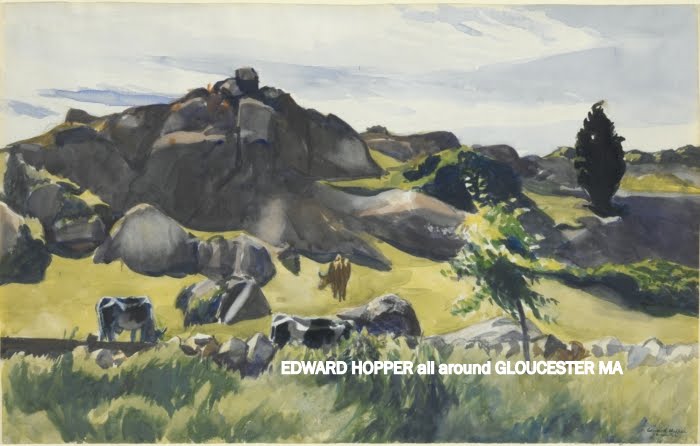

Chris Leahy gave a presentation at Gloucester Lyceum & Sawyer Free Library on February 23, 2017: Dogtown- the Biography of a Landscape: 750 Million Years Ago to the Present
A photographic history through slides presented by the Gloucester Lyceum and the Friends of the Library. Mary Weissblum opened the program.
Chris broadly covered the history of the local landscape from an ecological bent with a bias to birds and blueberry picking, naturally. New England is a patchwork of forested landscapes. He stressed the evolution of bio diversity and succession phenomenon when the earth and climate change. “Nature takes a lot of courses.” He focused on Dogtown, “a very special place”, and possible merits of land stewardship geared at fostering greater biodiversity. Perhaps some of the core acres could be coaxed to grasslands as when parts of Gloucester were described as moors? Characteristic wildlife, butterflies, and birds no longer present may swing back. There were many philosophical takeaways and tips: he recommends visiting the dioramas “Changes in New England Landscape” display at Harvard Forest HQ in Petersham.
“Isolation of islands is a main driver of evolution”
“Broad Meadow Brook Wildlife Sanctuary in Worcester has the highest concentration* of native butterflies in all of Massachusetts because of secondary habitats.” *of Mass Audubon’s c.40,000 acres of wildlife sanctuaries statewide. “The fact that Brook Meadow Brook is in greater Worcester, rather than a forested wilderness, underscores the value of secondary habitats.”
“1830– roughly the time of Thoreau (1817-1862)– was the maximum period of clearing thus the heyday for grasslands…As farmsteads were abandoned, stages of forests return.”
Below are photos from February 23, 2017. I added some images of art inspired by Dogtown. I also pulled out a photograph by Frank L Cox, David Cox’s father, of Gallery on the Moors (then) compared with a photo of mine from 2011 to illustrate how the picturesque description wasn’t isolated to Dogtown.
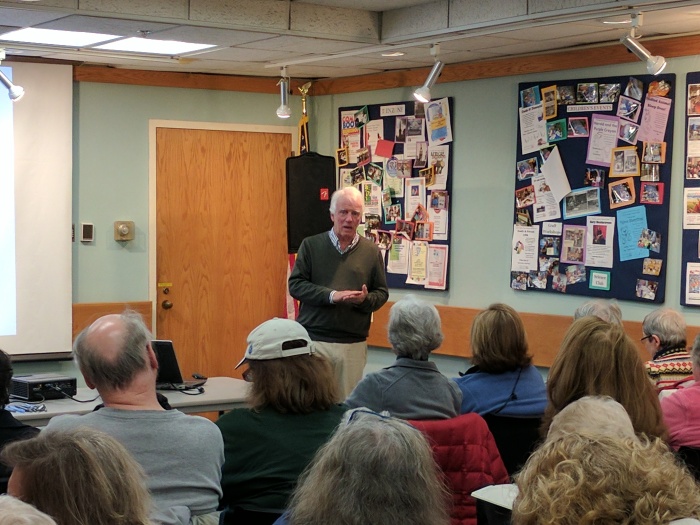
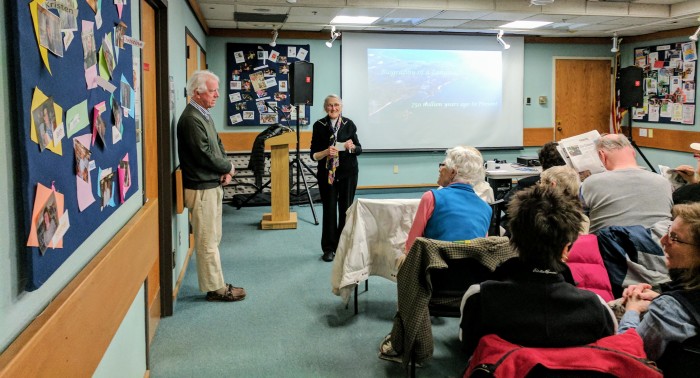
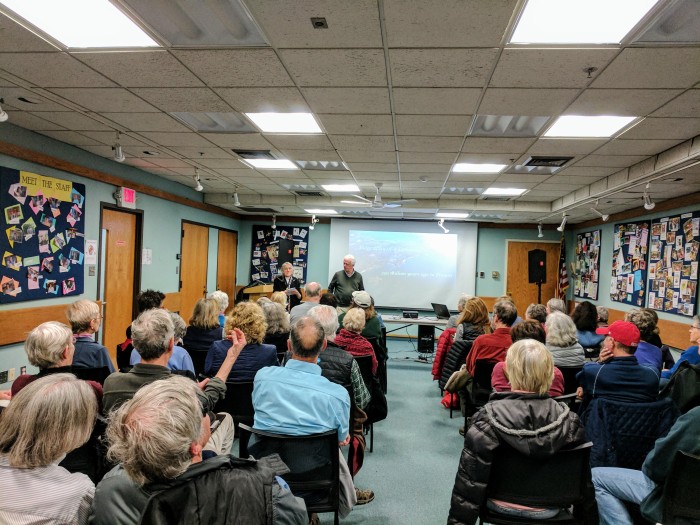
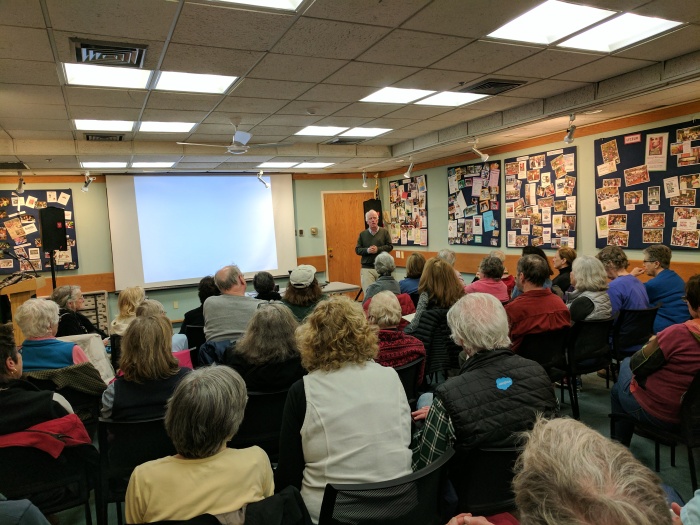
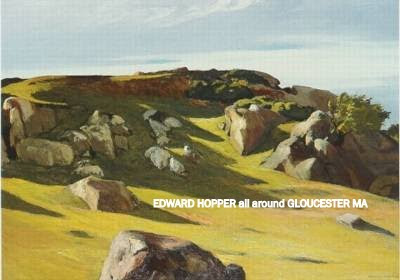
 Louise Upton Brumback (1867-1929), Dogtown- Cape Ann, 1920 oil on canvas
Louise Upton Brumback (1867-1929), Dogtown- Cape Ann, 1920 oil on canvas


I have many happy memories of rambling through Dogtown, picking blueberries, and the history of the area was fascinating. Wish I lived close enough for this presentation.
LikeLiked by 1 person
Thanks for adding to the conversation. When were you picking blueberries there?
Good news: Cape Ann TV will be filming this panel at Cape Ann Museum, as they do with many CAM events. We’ll make sure to post the link when it’s made available.
LikeLike
comments from FB reposting here
REMEMBERING DOGTOWN AS CLEAR IN THE 50s
Jay Butler commented Dogtown was so beautiful and open even in the 50s when I was a kid.
A COMP IN MISSOURI
Sara Golden remarked: Similar intentional clearing is taking place on the loess hills in Missouri, to restore original grasslands.
BLUEBERRY QUESTION
Robert Johnson Does anybody know why there isn’t any blueberrys anymore?
LikeLike
Walking through and exploring Dogtown is one of my favorite pastimes. I love the naturalness and sense of isolation, despite being in the middle of Cape Ann. We’re lucky to have such a great place in the middle of Cape Ann to relax, meditate, exercise, photograph, or to just sit and reflect, surrounded by beautiful nature.
LikeLike
Question: was Dogtown barren because (a) all the trees were cut down to build houses, or (b) the land was cleared to be pasture? Or both? If brush has grown back in, the land likely was wooded at an earlier time.
LikeLiked by 1 person
WHEN I WAS A KID LIVING ON MYRTLE SQUARE IN THE 40 AND 50 MY GRAND MOTHER AND I WOULD WALK UP MAPLEWOOD AVE. TO DOGTOWN AND PICK THE BIGGEST BLUE BERRIES YOU COULD FIND. AND RETURN BACK HOME. SHE BAKED THE FINEST BLUEBERRY PIE THIS SIDE OF HEAVEN.SHE WAS A GRACIE FROM NOVA SCOTIA . GREAT MEMORIES PAUL WOODBURY
LikeLiked by 1 person